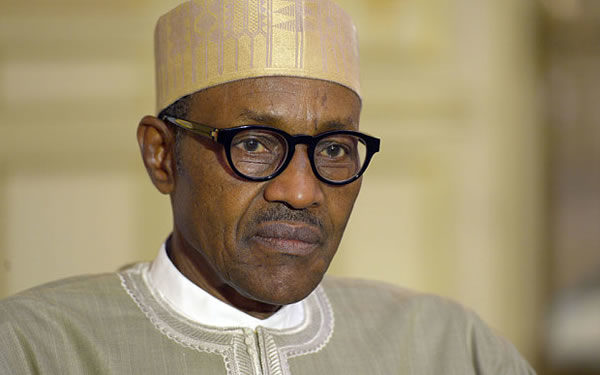 |
President Muhammadu Buhari
|
This is contained in the Nigerian Gross
Domestic Product Report for Second Quarter of 2016 released by NBS on
Wednesday in Abuja.
The report stated that the figure was
lower by 1.70% points from the negative growth rate of 0.36 per cent
recorded in the preceding quarter.
It stated that it was also lower by 4.41
per cent points from the growth rate of 2.35 per cent recorded in the
corresponding quarter of 2015.
Quarter on quarter, real GDP increased by 0.82 per cent during the quarter, nominal GDP was N23, 483,954.78 million (in nominal terms) at basic prices.This was 2.73% higher than the second quarter 2015 value of N22, 859,153.01 million.This growth was lower than the rate recorded in the second quarter of 2015 by 2.44% points.The Nigerian economy can be more clearly understood according to the oil and non-oil sector classifications.
The report said that during the period
under review, oil production was estimated at 1.69 million barrels per
day (mbpd), 0.42 million barrels per day lower from production in first
quarter of 2016.
It said that oil production was also
lower relative to the corresponding quarter in 2015 by 0.36 million
barrels per day when output was recorded at 2.05mbp.
Meanwhile, the report said that growth in the non-oil sector was largely driven by the activities in seven areas of the economy.
It listed the seven areas as
Agriculture, Information and Communication, Water supply, Arts
entertainment and recreation, Professional scientific and technical
services, Education and other services.
According to the report, the areas have
grown positively while the remaining 19 major sectors, many of which are
substantially indirectly dependent on the oil sector have recorded
negative growth.
The non-oil sector accordingly declined by 0.38 per cent in real terms in the second quarter of 2016.This growth rate was 0.20 per cent points lower than the first quarter of 2016 (-0.18 per cent), and 3.84 per cent points lower from the corresponding quarter in 2015 (3.46 per cent).In real terms, the non-oil sector contributed 91.74 per cent to the nation’s GDP, higher from shares recorded in the first quarter of 2016 (89.71 per cent) and the second quarter of 2015 (90.20 per cent).
By economic principles, an economy is said to be in recession when these contractions are observed at least over two quarters.
Therefore, the results of second quarter
of 2016 GDP growth rate has placed Nigeria in recession from a
professional point of view.
However, the presidency has said that
although there is a decline, the figures indicated an hopeful
expectation in the country’s economic trajectory.
A statement from the Office of the Vice President quoted Dr. Adeyemi Dipeolu, the Special Adviser to President Muhammadu Buhari on Economic Matters as saying:
A close look at the data shows that this outcome was mostly due to a sharp contraction in the oil sector due to huge losses of crude oil production as a result of vandalisation and sabotage.However, the rest of the Q2 data is beginning to tell a different story. There was growth in the agricultural and solid minerals sectors which are the areas in which the Federal Government has placed particular priority.Agriculture grew by 4.53% in the second quarter of 2016 as compared with 3.09% in the first quarter. The metal ores sector showed similar performance with coal mining, quarrying and other minerals also showing positive growth of over 2.5%. Notably also, the share of investments in GDP increased to its highest levels since 2010, growing to about 17% of Gross Domestic Product.The manufacturing sector though not yet truly out of the woods is beginning to show signs of recovery while the service sector similarly bears watching.Nevertheless, the data already shows a reduction in imports and an increase in local produced goods and services and this process will be maintained although it will start off slowly in these initial stages before picking up later.The inflation rate remains high but the good news is that the month-on-month rate of increase has fallen continuously over the past three months.Unemployment remains stubbornly high which is usually the case during growth slowdowns and for reasons of a structural nature.The picture that emerges, barring unforeseen shocks, is that the areas given priority by the Federal Government are beginning to respond with understandable time lags to policy initiatives. Indeed, as the emphasis on capital expenditure begins to yield results and the investment/GDP numbers increase, the growth rate of the Nigerian economy is likely to improve further.As these trends continue, the outlook for the rest of the year is that the Nigerian economy will beat the IMF prediction of -1.8% for the full year 2016.The IMF had forecasted a growth of -1.8% for 2016, however the economy is performing better than the IMF estimates so far. For the half year it stands at -1.23% compared to an average of -1.80% expected on average by the IMF.What is more, it is likely the second half will be better than the first half of 2016. This is because many of the challenges faced in the first half either no longer exist or have eased.
No comments:
Post a Comment